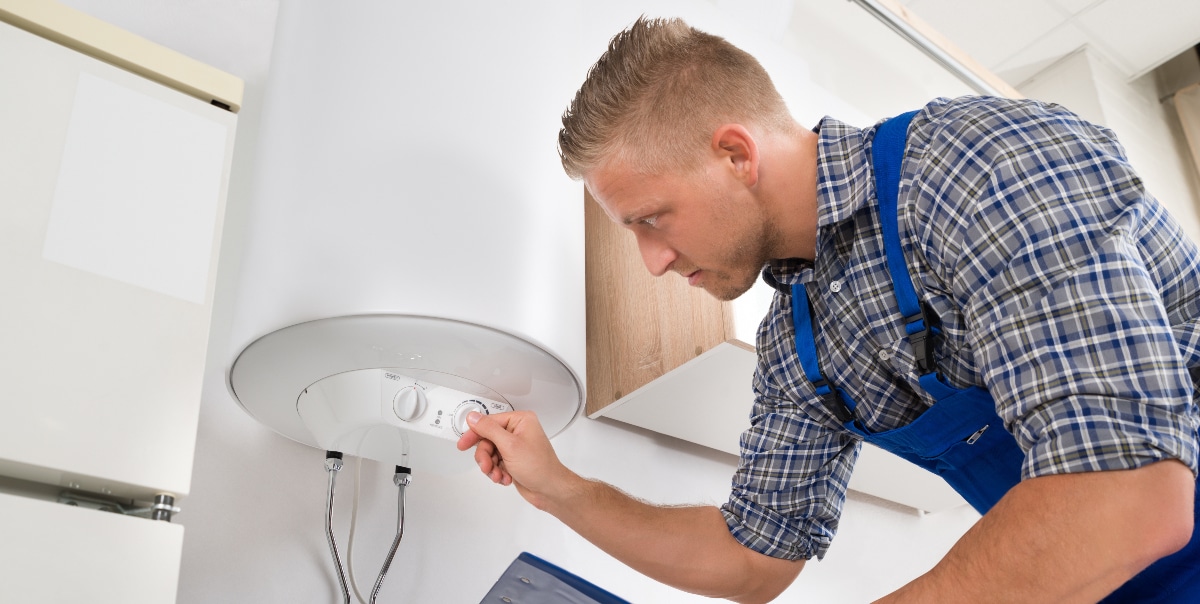Almost everyone will have their personal thinking involving Water Heater Maintenance Tips You Can't Afford to Forget.

Warm water is essential for everyday comfort, whether it's for a rejuvenating shower or cleaning dishes. To ensure your hot water system runs effectively and lasts much longer, normal maintenance is key. This short article supplies sensible pointers and insights on how to preserve your home's hot water system to prevent disturbances and pricey repairs.
Intro
Keeping your home's warm water system might seem challenging, but with a few easy steps, you can ensure it operates smoothly for many years to find. This guide covers whatever from understanding your hot water system to DIY maintenance pointers and knowing when to hire expert assistance.
Relevance of Keeping Your Hot Water System
Regular maintenance not only extends the lifespan of your hot water system but also guarantees it runs successfully. Disregarding maintenance can result in reduced efficiency, higher energy costs, and also early failure of the system.
Indications Your Hot Water System Needs Maintenance
Recognizing when your warm water system requires interest can avoid major issues. Keep an eye out for signs such as inconsistent water temperature, weird sounds from the heating unit, or rustic water.
Comprehending Your Hot Water System
Prior to diving right into maintenance jobs, it's practical to recognize the standard parts of your warm water system. Generally, this includes the water heater itself, pipes, anode rods, and temperature level controls.
Month-to-month Upkeep Tasks
Normal regular monthly checks can assist catch minor concerns prior to they intensify.
Flushing the Water Heater
Flushing your water heater gets rid of debris accumulation, enhancing effectiveness and prolonging its life.
Checking and Replacing Anode Rods
Anode poles stop rust inside the storage tank. Examining and replacing them when broken is critical.
Checking and Adjusting Temperature Level Settings
Adjusting the temperature level setups makes sure optimal efficiency and security.
DIY Tips for Upkeep
You can do several upkeep jobs yourself to keep your warm water system in top problem.
Checking for Leakages
Routinely evaluate pipes and links for leaks, as these can lead to water damages and greater expenses.
Checking Stress Relief Valves
Examining the pressure safety valve ensures it operates correctly and protects against excessive stress buildup.
Shielding Pipes
Protecting warm water pipes minimizes heat loss and can save power.
When to Call a Professional
While do it yourself maintenance is helpful, some concerns require expert expertise.
Complex Problems Requiring Expert Aid
Examples include significant leaks, electrical troubles, or if your water heater is constantly underperforming.
Regular Specialist Maintenance Perks
Expert upkeep can include complete inspections, tune-ups, and guaranteeing compliance with safety and security criteria.
Final thought
Regular maintenance of your home's warm water system is important for effectiveness, long life, and cost financial savings. By following these pointers and understanding when to look for professional assistance, you can make certain a dependable supply of hot water without unanticipated disruptions.
How to Maintain an Instant Hot Water Heater
Before tinkering with your hot water heater, make sure that it’s not powered on. You also have to turn off the main circuit breaker and shut off the main gas line to prevent accidents. Also turn off the water valves connected to your unit to prevent water from flowing into and out of the appliance. 2. When you’re done, you have to detach the purge valves’ caps. These look like the letter “T†and are situated on either side of the water valves. Doing so will release any pressure that has accumulated inside the valves while at the same time avoid hot water from shooting out and burning your skin. 3. When the purge valves’ caps are removed, you have to connect your hosing lines to the valves. Your unit should have come with three hoses but if it didn’t, you can purchase these things from any hardware or home repair shops. You can also get them from retail stores that sell water heating systems. Read the user’s manual and follow it to complete this task properly. When the hosing lines are connected, open the purge port’s valves. 4. You should never use harsh chemical cleaners or solutions when cleaning your unit. Make use of white vinegar instead. It should be undiluted and you’ll probably use about 2 gallons. 5. Now flush your water heater. This task should probably take about 40 minutes. We can’t give you specific directions for this because the procedure is carried out depending on the type, model and brand of your heater. With that being said, refer to the user’s manual. 6. When you’re done draining the unit, you have to turn off the purge port valves again. Remove the hosing lines that you earlier installed on each of the water valves. Put the valve caps (purge port) back in their respective places and be very careful so as not to damage the rubber discs that are found inside these caps. 7. Now that everything’s back in place, check your user’s manual again to find out how to reactivate your water heating system. 8. Once it is working, turn one of your hot water faucets on just to let air pass through the heater’s water supply pipes. Leave the tap on until water flows smoothly out of it. https://www.orrplumbing.com/blog/2014/september/how-to-maintain-an-instant-hot-water-heater/

Hopefully you liked our topic about Tips on Maintaining a Water Heater. Thank you so much for taking a few minutes to read through our piece. If you liked our article plz consider to pass it around. Thank you so much for your time invested reading it.
Free Estimate